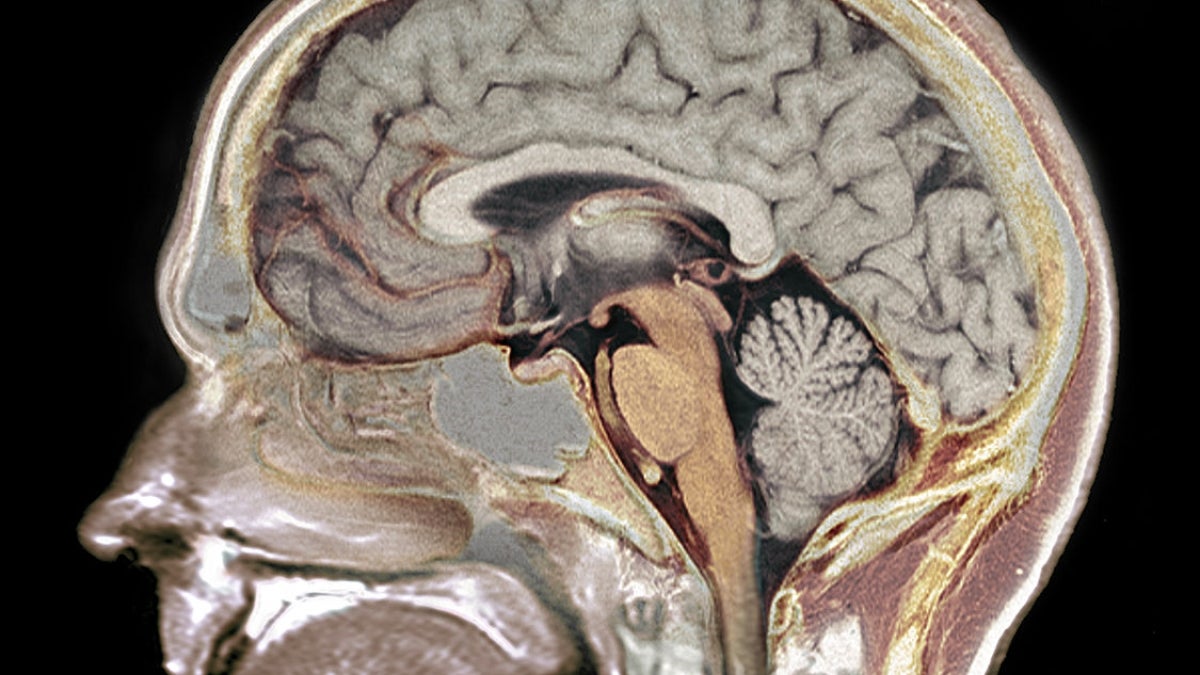When helmets clacked together during Sunday’s Super Bowl 50, the echoes might have been heard differently than in years past. Call it the concussion awareness effect.
In the 12 months since the last Super Bowl, the ongoing debate about football and brain injuries has only increased, with the conversation reaching different audiences thanks to the film “Concussion,” starring Will Smith as the doctor who discovered chronic traumatic encephalopathy (CTE) — which is believed to be caused by repeated head trauma — and how it was prominent among retired football players.
The discussion flourished again last week during the Super Bowl buildup when researchers at Boston University said legendary Oakland Raiders quarterback Ken Stabler, who died in July, suffered from CTE.
As long as there’s football, there will be concussions. And as long as there’s football, the debate about whether to allow children to play the sometimes-violent sport will remain. Now researchers at Arizona State University are trying to add a layer of understanding to the broadening discussion. Specifically, they want to know why some athletes, who are becoming better educated about concussion symptoms and side effects, don’t self-report concussions during sporting events.
The Arizona State University Center for Strategic Communication has been awarded a $400,000 grant from the NCAA Mind Matters Research Challenge to study how vested interests and team culture influence concussion reporting among college athletes.
In some cases athletes may be unwilling to admit they have a concussion, said Steven Corman, principal investigator of the study, director of the Center for Strategic Communication and professor in the Hugh Downs School of Human CommunicationThe Hugh Downs School of Human Communication is part of the College of Liberal Arts and Sciences..
“There are circumstances like wanting a pro career or letting the team down,” Corman said. “If they get their bell rung in a game, there might be a pro scout in the stands and they might lose exposure to that person. ... It’s a really complex situation. This is one of the first studies to examine this issue in this context.”
A “suck it up” culture, the desire to be a hero, and winners-never-quit messages contribute to what Corman describes as an attitude, behavior and communication issue.
According to a recent study by researchers at the Center for Organization Research and Design, even when faced with a 100 percent chance of brain damage by age 50 to play in the NFL, 15 percent of survey respondents — overwhelmingly former players, and many medically diagnosed with concussions — said they would take the risk.
The driving forces, according to ASU professor Barry BozemanBarry Bozeman is Arizona Centennial Professor of Public Management and Technology Policy and director of the Center of Organizational Research and Design. and his colleagues, were: having played organized football at some level; level of fandom and knowledge of the game; percentage of friends who are football fans; and number of hours watching football.
The upcoming three-year study by Corman and colleagues will examine 500 Pac-12 athletes in football, wrestling, soccer, field hockey, lacrosse and basketball. Staff members will be interviewed about athlete narratives and team culture and values.
A targeted strategic messaging campaign to enhance athlete attitudes and behaviors about reporting concussions will be developed and tested in the third year. Strategies coaches and trainers can use to change team culture about head injuries will also be identified.
“We are excited about the project and think it will have a big impact on understanding and changing athlete attitudes toward concussion reporting, and enhancing team culture supporting those practices,” Corman said. “We can help make athletes safer and increase the long-term sustainability of popular contact sports.”
More Science and technology

ASU professor wins NIH Director’s New Innovator Award for research linking gene function to brain structure
Life experiences alter us in many ways, including how we act and our mental and physical health. What we go through can even change how our genes work, how the instructions coded into our DNA are…

ASU postdoctoral researcher leads initiative to support graduate student mental health
Olivia Davis had firsthand experience with anxiety and OCD before she entered grad school. Then, during the pandemic and as a result of the growing pressures of the graduate school environment, she…

ASU graduate student researching interplay between family dynamics, ADHD
The symptoms of attention deficit hyperactivity disorder (ADHD) — which include daydreaming, making careless mistakes or taking risks, having a hard time resisting temptation, difficulty getting…
